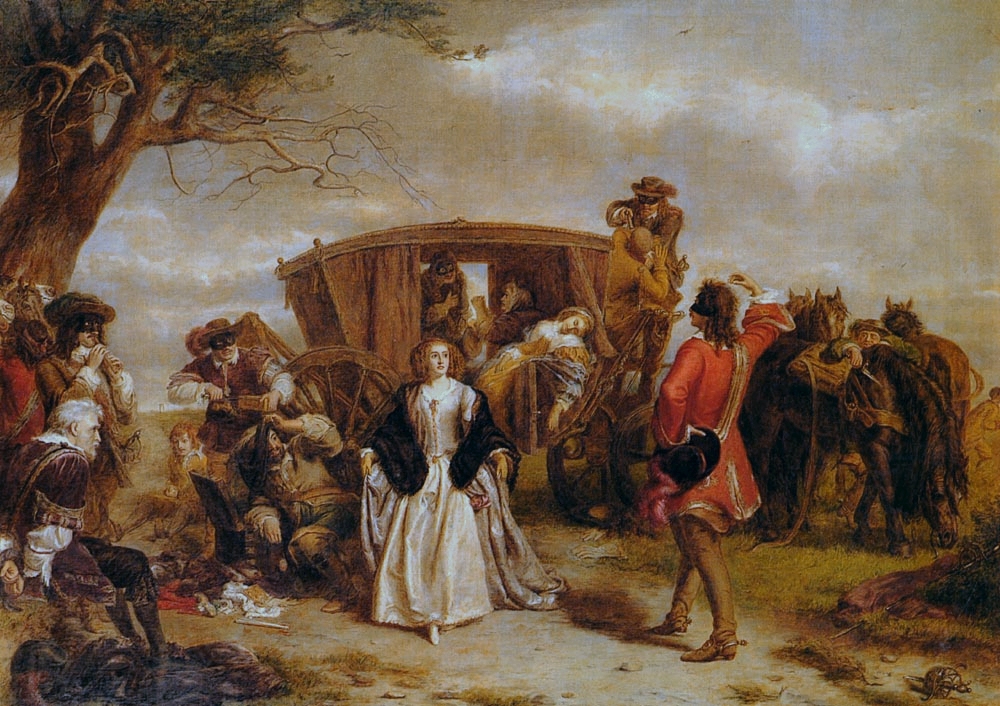Dick Turpin

Richard Turpin (baptized 21 September 1705 – executed 7 April 1739) was an English highwayman whose life of crime became the stuff of legend after his death, though much of his fame is rooted more in fiction than fact. Originally thought to have worked as a butcher like his father, Turpin drifted into criminal activity in the early 1730s, first joining a gang of deer poachers. He soon expanded his crimes to include burglary, horse theft, and even murder.
His most famous—and fictional—exploit is the legendary overnight ride from London to York on his horse Black Bess, a tale popularized nearly a century later by Victorian author William Harrison Ainsworth. While iconic, this story has no basis in historical fact.
Turpin's involvement in highway robbery began after most of his gang was arrested in 1735. With the group dismantled, he vanished for a time, reappearing in 1737 with two new partners. During this period, he is believed to have accidentally shot and killed one of them, fled the scene, and soon after killed another man who tried to apprehend him.
Later in 1737, Turpin relocated to Yorkshire under the alias John Palmer. Staying at a local inn, he attracted suspicion from local magistrates, who questioned how he financed his lifestyle. Suspected of horse theft, "Palmer" was imprisoned in York Castle to await trial. Turpin’s true identity was discovered when a letter he wrote from prison to his brother-in-law was intercepted by the authorities.
He was ultimately found guilty of two counts of horse theft and sentenced to death. On 7 April 1739, he was hanged at Knavesmire in York.
After his death, Turpin was transformed in popular culture into a charming outlaw hero. Ballads, plays, novels, and eventually films and television shows of later centuries reimagined him as a daring, romantic figure, far removed from the violent criminal he truly was.


